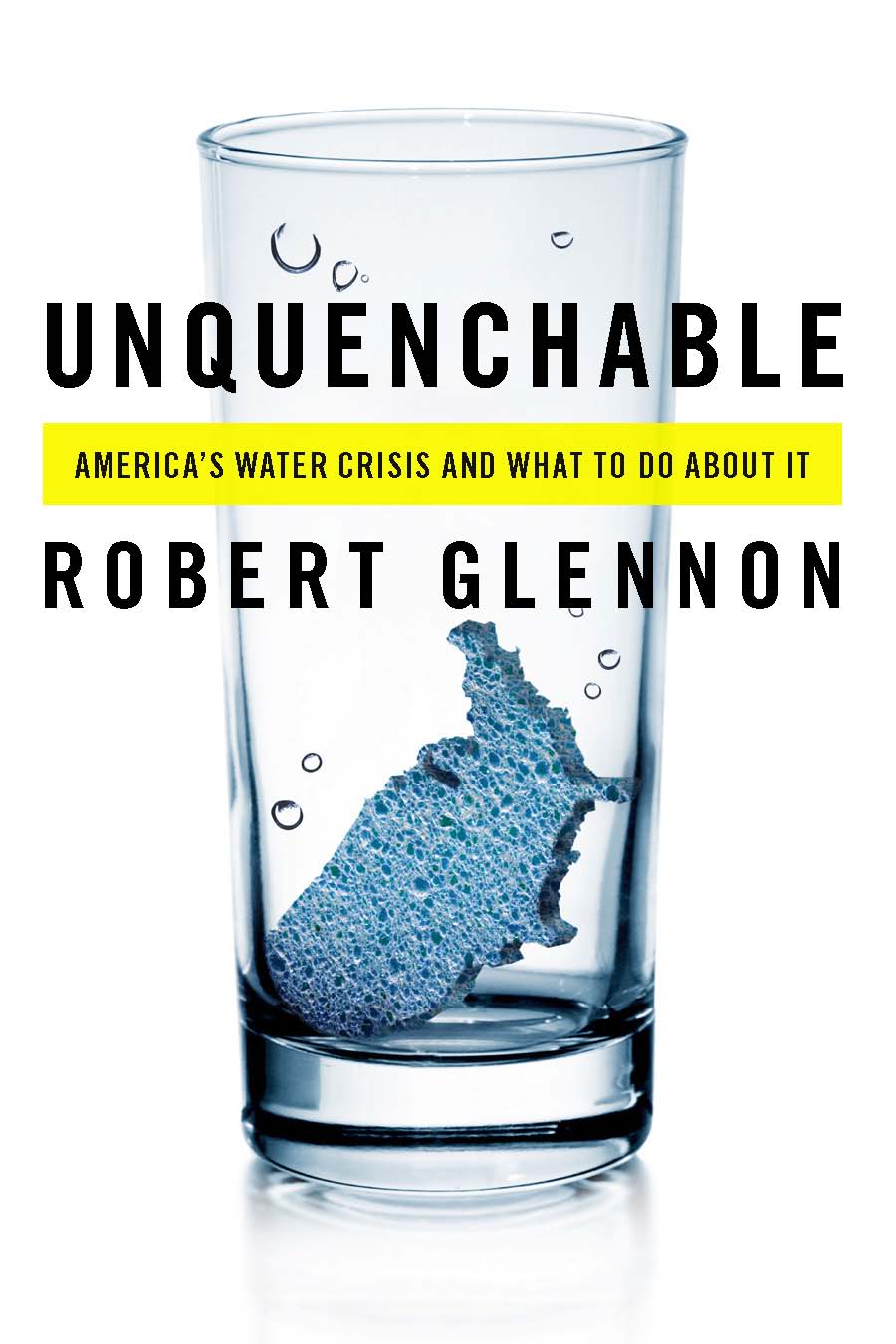All rights reserved under International and Pan-American Copyright Conventions. No part of this book may be reproduced in any form or by any means without permission in writing from the publisher: Island Press, 1718 Connecticut Ave., NW, Suite 300, Washington, DC 20009.
Introduction
There is no lack of water in the Mojave Desert unless you try to establish a city where no city should be.
Edward Abbey
WHAT HAPPENS IN Vegas stays in Vegas, teases the city's risqu advertising slogan as it invites visitors to lose their inhibitions, violate their moral principles, forget about their spouses, and ignore their credit card balances. A metropolitan area of 1.8 million people in the Mojave Desert, Sin City encourages irresponsible behavior about everything from sex to water.
During the 1980s and 1990s, garishness characterized development in Las Vegas. Extravagant homeowners built Bavarian chteaus with Italian marble and gilded fixtures. Excess was first a goal, then a standard. Ornate and lavish fountains, rococo entrances, manicured emerald green lawns, lush landscapes, swimming pools, and spas dominated many subdivisions. Lake Las Vegas, a subdivision seventeen miles east of the Strip, boasts a 320-acre privately owned lake, three golf courses, and homes built for only the most upscale tastes. Celine Dion maintains a home at Lake Las Vegas and for five years traveled via helicopter to and from her nightly show at Caesars Palace. The fastest-growing city in the United States, Las Vegas welcomed growth with open arms. But, in 2001, the city of illusion and fantasy stumbled upon a stark reality. It had run out of water.
DURING THE 1920s, no one worried about Nevada needing water. With a population of roughly 5,000, Las Vegas was merely a whistle-stop on the Union Pacific Railroad. Its prospects for growth seemed minuscule until the construction of Hoover Dam provided a water supplyLake Meadand hydroelectric power to run air conditioners. In the 1930s, Benjamin Siegelbaum, a.k.a. Bugsy Siegel, part of the East Coast mob's bootlegging and gambling operations, arrived in Vegas. As a hit man, Bugsy had been sent to Los Angeles, where he killed a police informant and escaped conviction. But rather than head back East, Bugsy then turned his attention to Las Vegas, which he envisioned as a gambling mecca run by the mob. Gambling had been legal in Nevada since 1931, when construction workers poured into town to build Hoover Dam. With funding from his New York bosses, Bugsy oversaw construction of the Flamingo casino, which opened in 1946. When the Flamingo lost money, the mob suspected Bugsy of skimming off the top and had him killed in Beverly Hills in 1947. But the seed had been planted. Meyer Lansky and other figures in organized crime soon recognized Las Vegas' gambling potential and an opportunity to launder money. The mob went on to open several casinos on the Strip in the 1950s, including the Sahara, the Sands, and the Tropicana. In addition to gambling, these casinos also featured entertainment by celebrities, including Elvis Presley, Frank Sinatra, Dean Martin, and Bing Crosby.
Today, as if in homage to the sacred gift from Lake Mead, water features at casinos on the Strip create the illusion that the city of Las Vegas has an abundance of water. In the late 1990s, when Steve Wynn developed the Bellagio hotel and casino, an architect and an artist created a $40 million water feature with an eight-acre pond that holds 27 million gallons of water. With a computer-choreographed musical score and light show, it sends water as high as 244 feet through more than 1,200 individually controlled water jets.
Since 1989, the Mirage Hotel and Casino has featured a volcano set on a three-acre pool; the volcano erupts hourly, sending smokeand fire spray 100 feet into the night sky. At the entrance, terraced waterfalls and a rain forest greet tourists as though they've arrived on an island in the South Pacific rather than at a casino in the Mojave Desert. Every evening, the Treasure Island Hotel and Casino uses a lagoon to stage a naval battle between pirates and the British Royal Navy, accompanied by fireworks and scantily clad womenthe latter a departure from historical fidelity. Down the Strip, at the Mandalay Bay Resort and Casino, a 1.6-million-gallon wave pool provides six-foot-high waves for surfers. But my favorite, for kitsch, is the Venetian Resort Hotel Casino, where, fittingly, tourists ride gondolas poled by gondoliers in striped shirts. Unlike the canals in the real Venice, these are indoors, on the second floor of the casino, beneath a roof painted to resemble someone's sense of a Venetian sky.
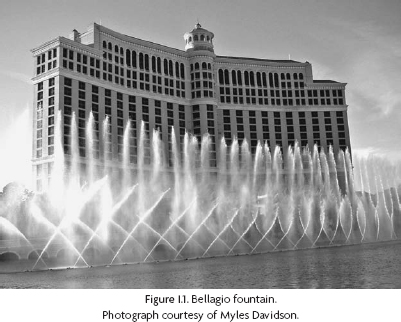
An engineering marvel, Las Vegas has repeatedly demonstrated an uncanny and unmatched ability to reinvent itself. In the 1950s, the mob transformed a sleepy cow town into a shady operation, financed with Teamsters Union pension funds, that launderedmoney and promoted prostitution. Casinos offered all-you-can-eat buffets, cheap booze, free lounge acts, and low-cost, dingy rooms to draw hordes of down-and-out transients hoping for a little change in their luck. The cleanup process began with the arrival of Howard Hughes in 1966, when he bought the Desert Inn casino and then the Sands. He paid $14.6 million for the Sands and 183 acres of prime real estate that eventually became the Hughes Center. At the time, this acquisition confirmed most people's suspicions that the reclusive billionaire was certifiably insane. When he told the managers of the casinos that he expected the restaurants to make money and not merely serve as loss leaders to attract gamblers, that confirmed his reputation.
In the 1980s, Steve Wynn ushered in the next phase in Las Vegas by building flamboyant, glitzy hotels on the sites of dull old casinos. At an unheard-of construction cost of $630 million, the 3,000-room Mirage opened in 1989, with French restaurants and museum-quality artwork on display. Elegance had arrived in Las Vegas. Imitators quickly enlarged Caesars Palace and built the 4,000-room Excalibur and 5,000-room MGM Grand. All four projects baffled naysayers when they quickly turned hefty profits.
In the 1990s, as competition from Atlantic City and Indian reservations began to eat into profits, Las Vegas embarked on another expansion. Hoping to attract families to the Strip, the city created Disneyland-like attractions with amusement-park rides, video arcades, dragons, and water-park features. This effort fizzled; by 2007, only 10 percent of visitors arrived with children under the age of twenty-one. Las Vegas stopped trying to be something it wasn't and returned to its naughty roots.

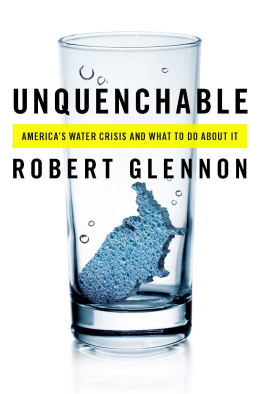
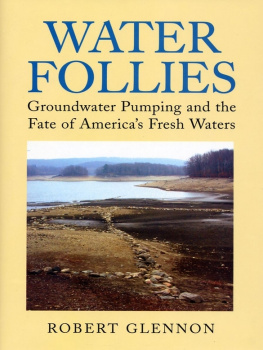
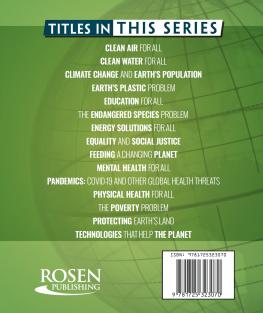

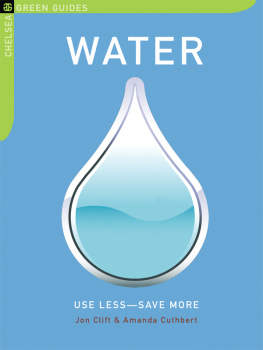
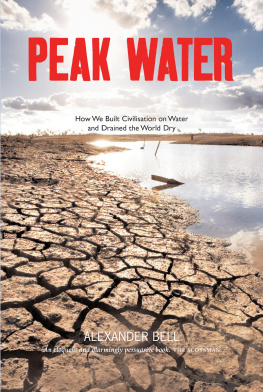

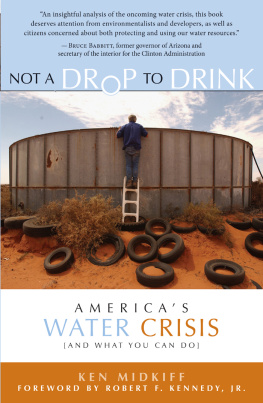
![David E Newton] - The global water crisis : a reference handbook](/uploads/posts/book/104432/thumbs/david-e-newton-the-global-water-crisis-a.jpg)

